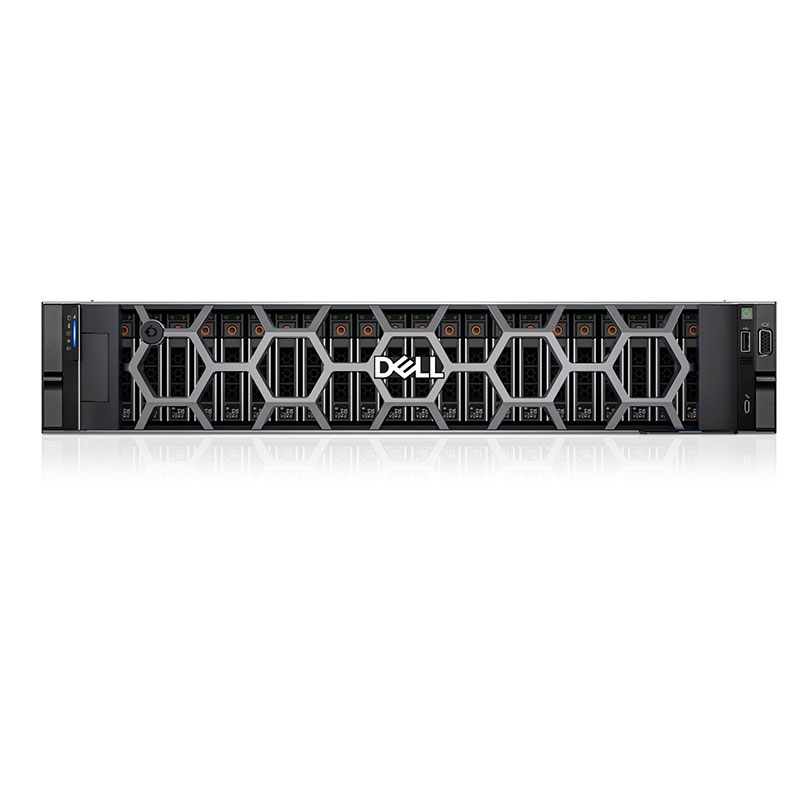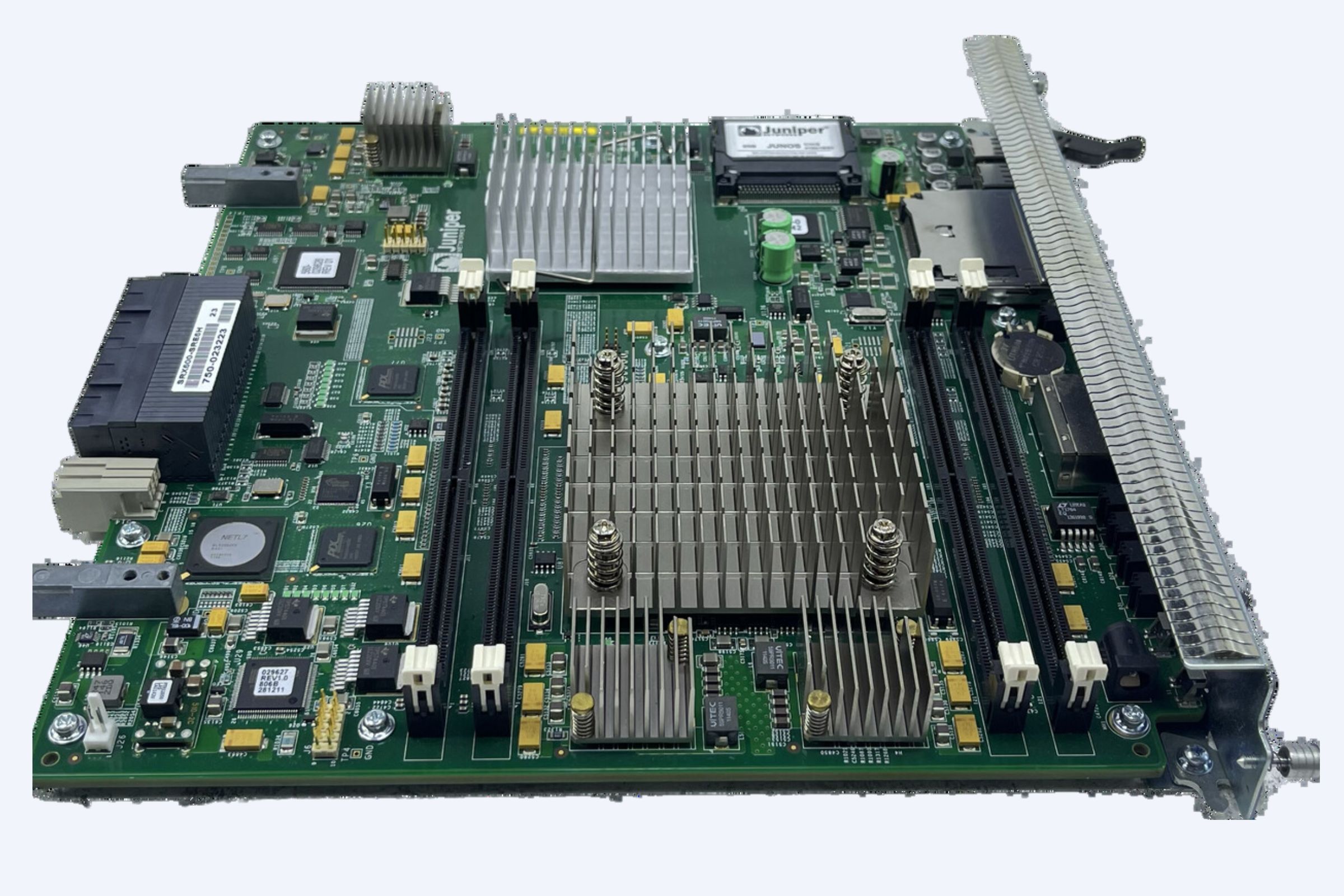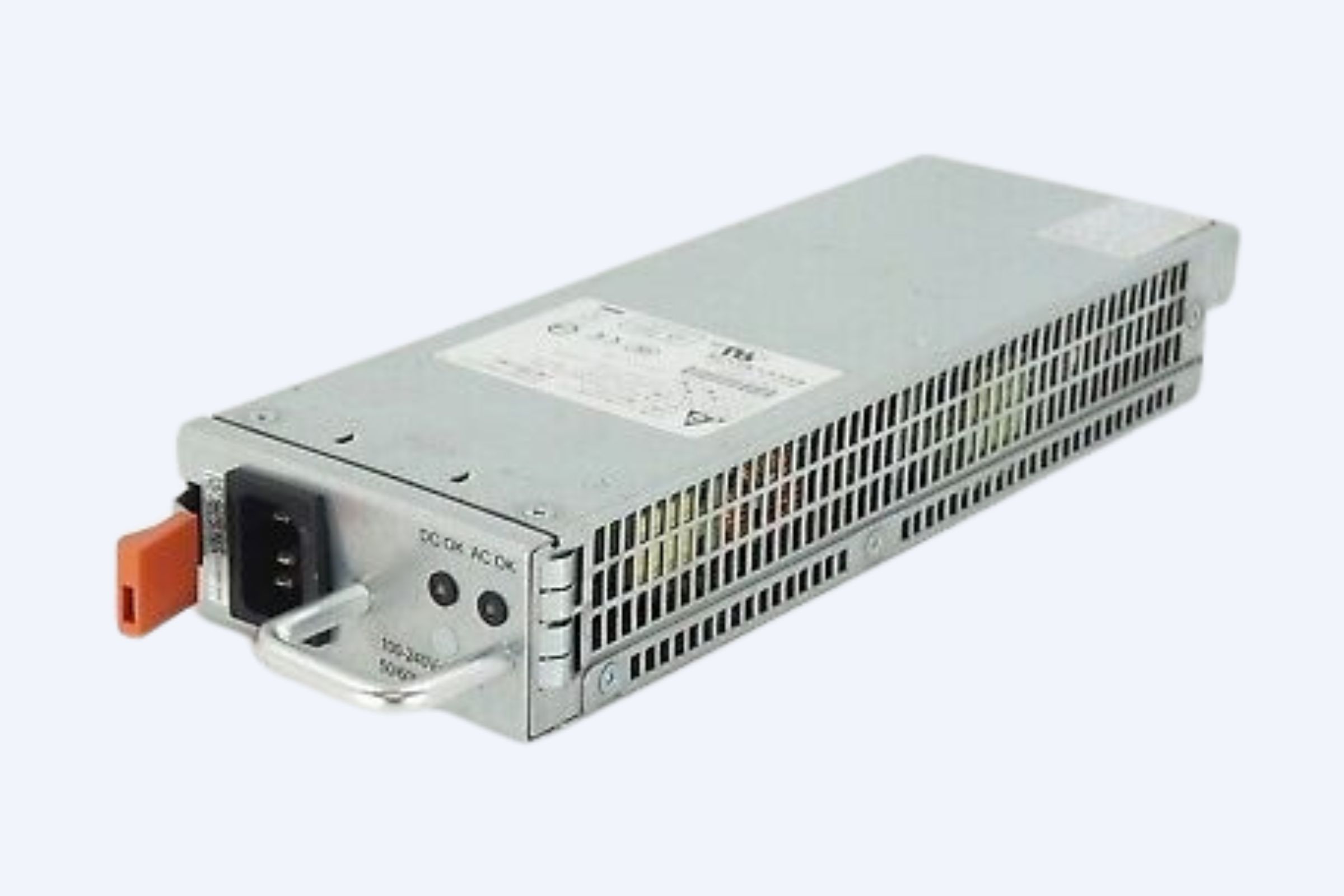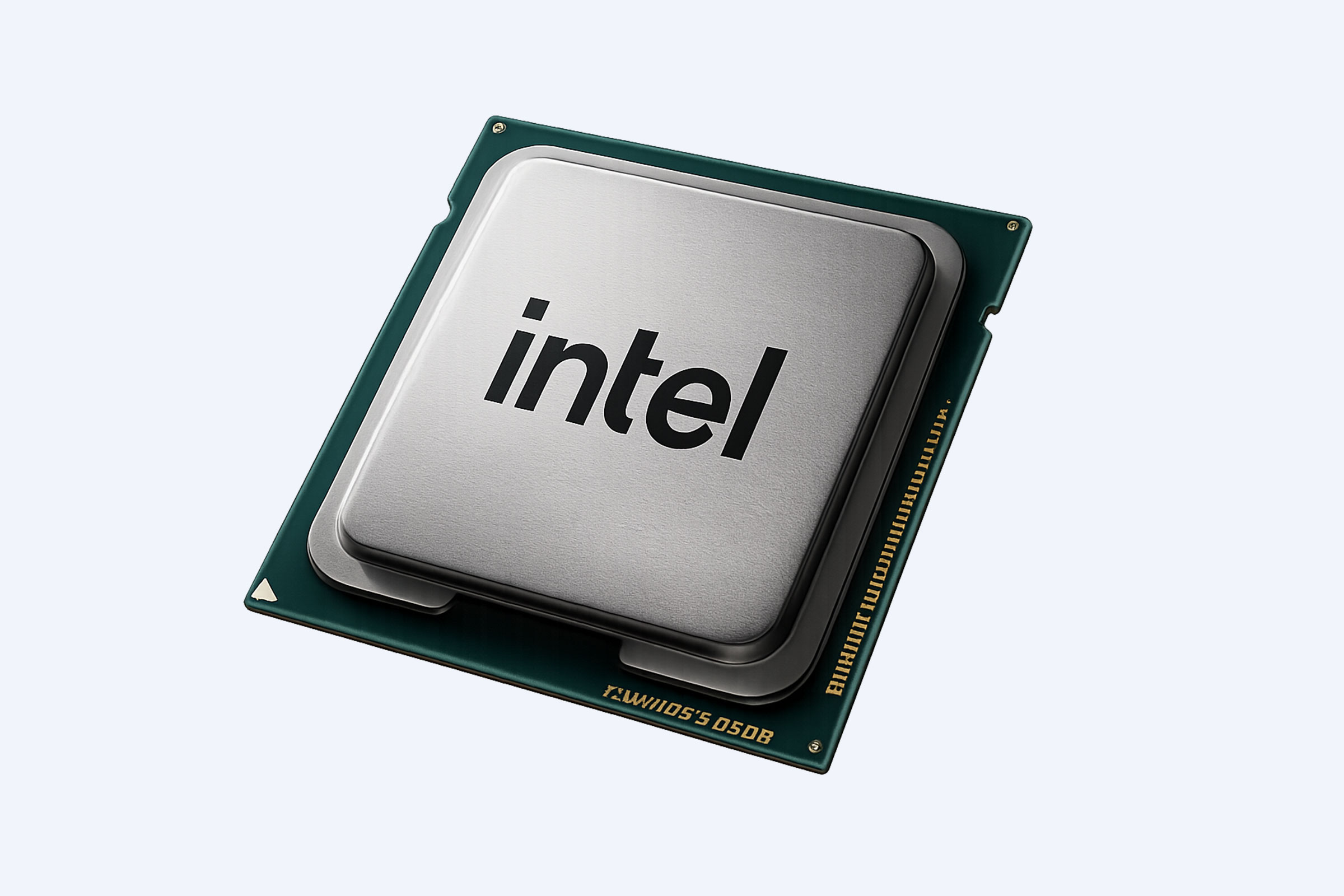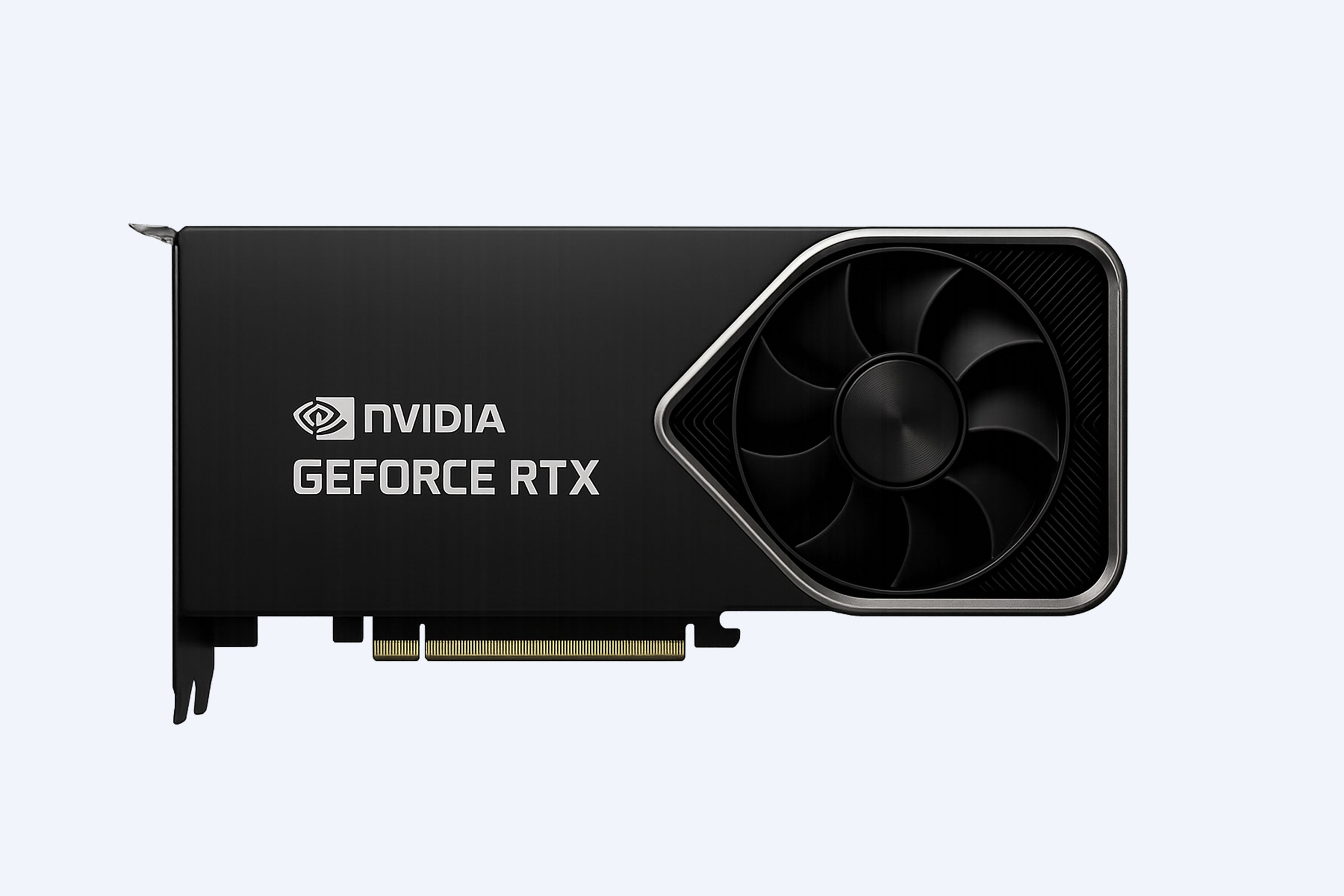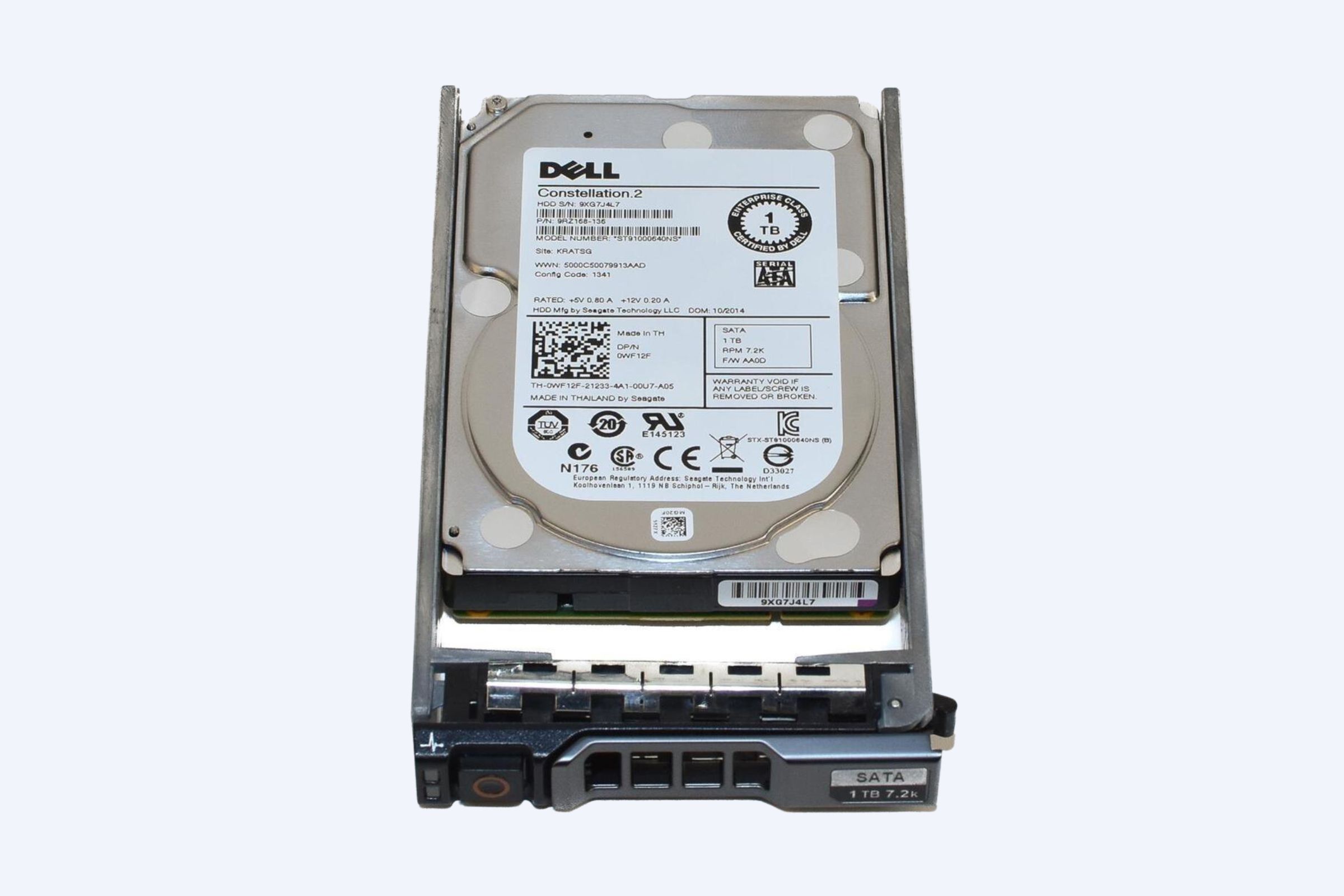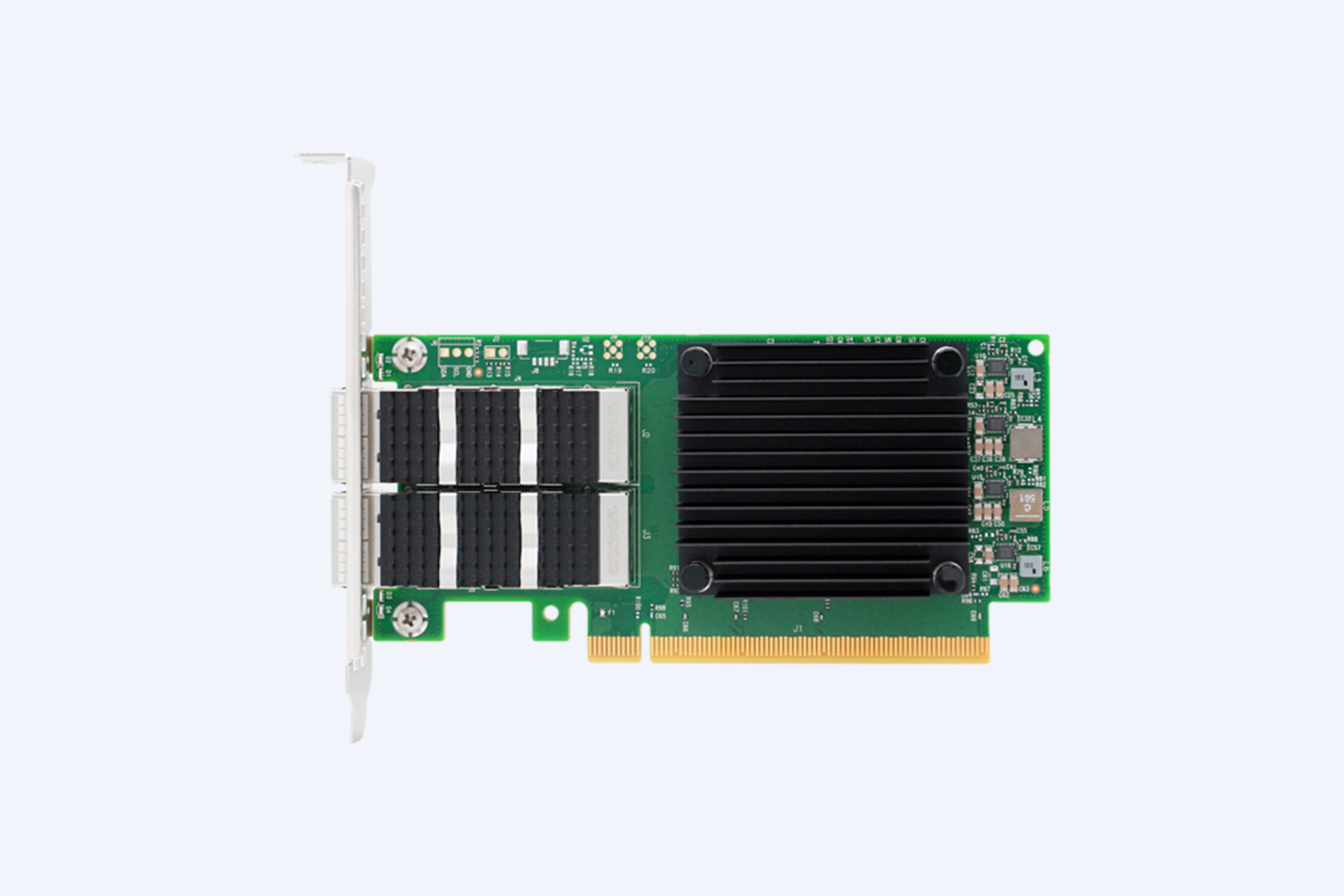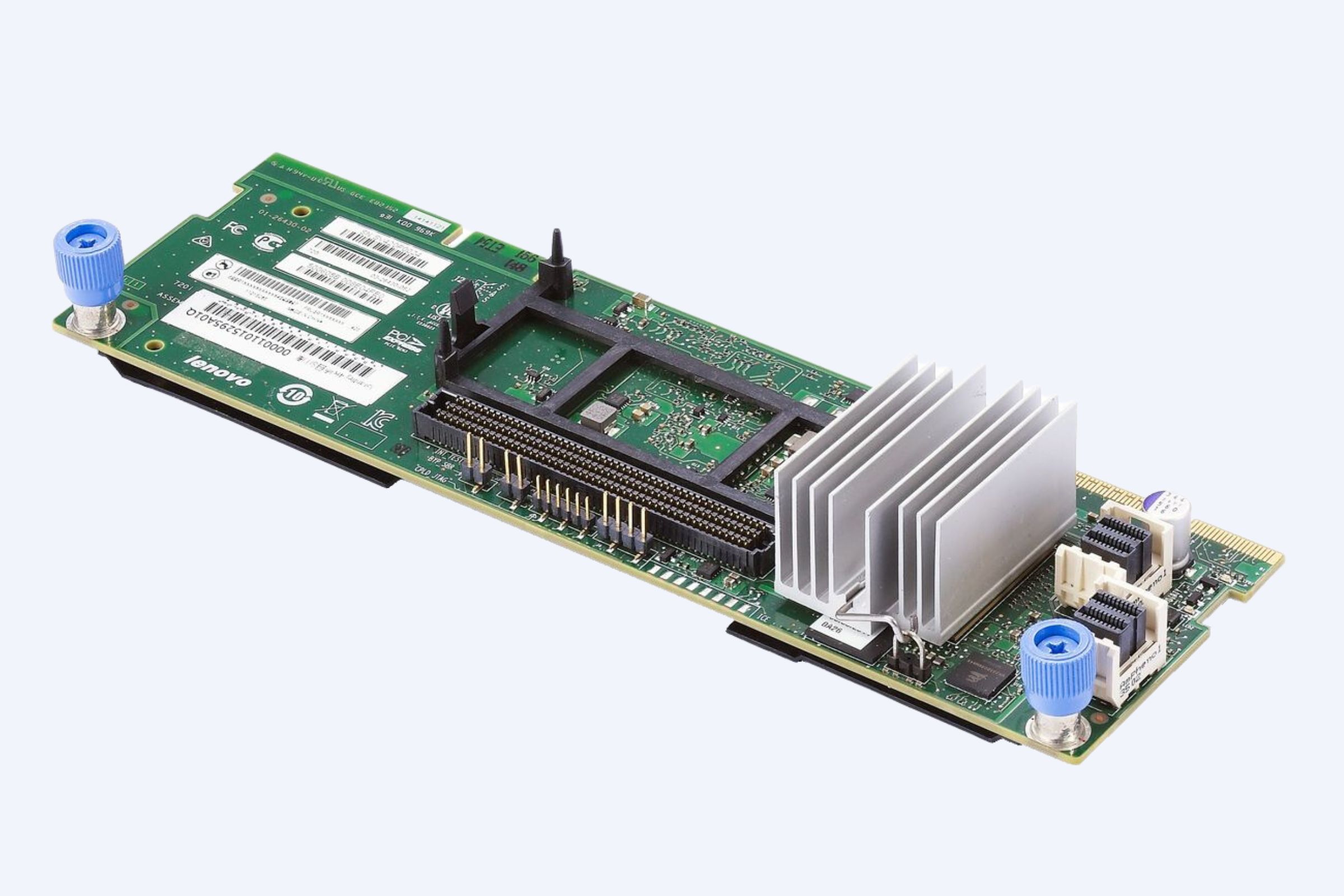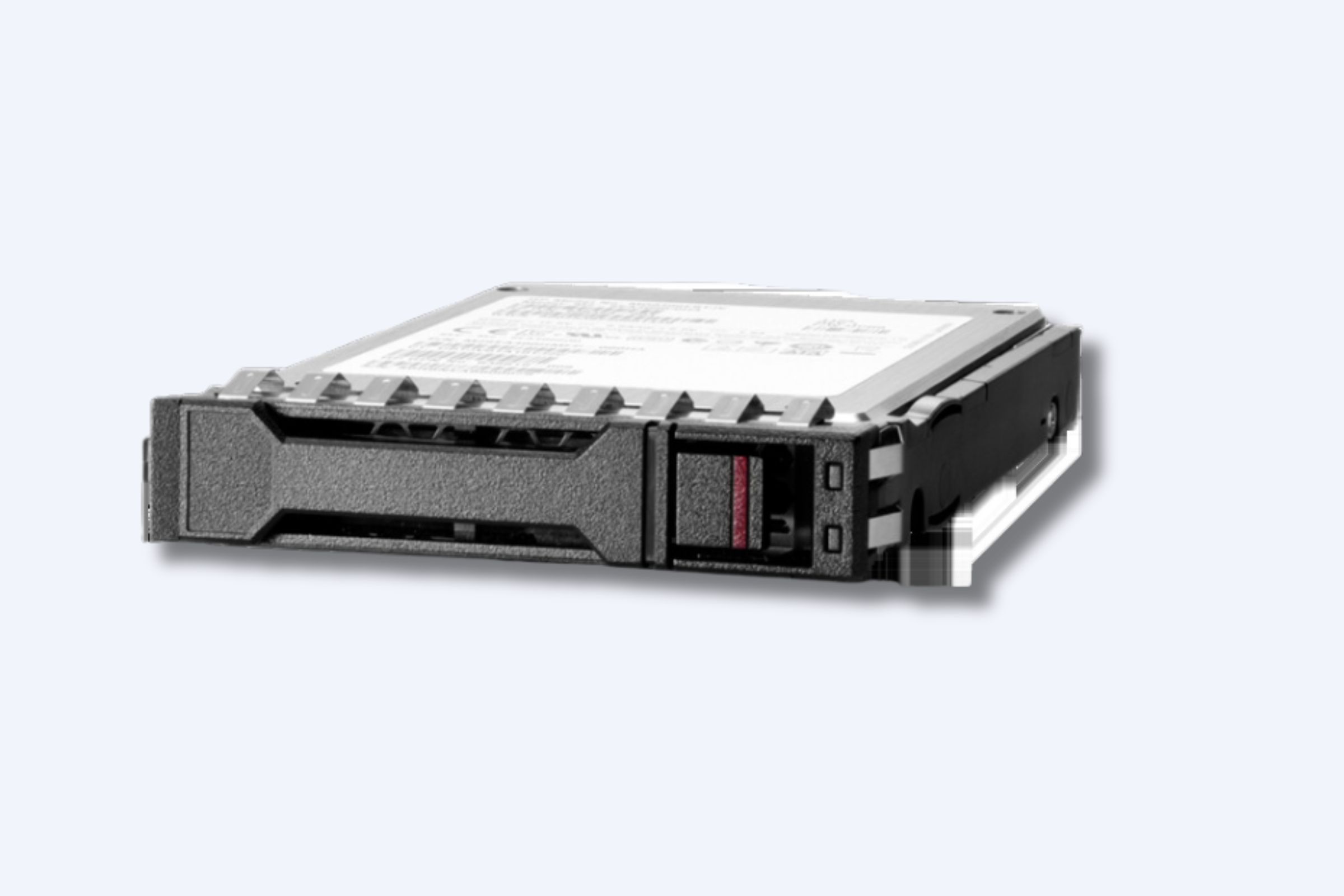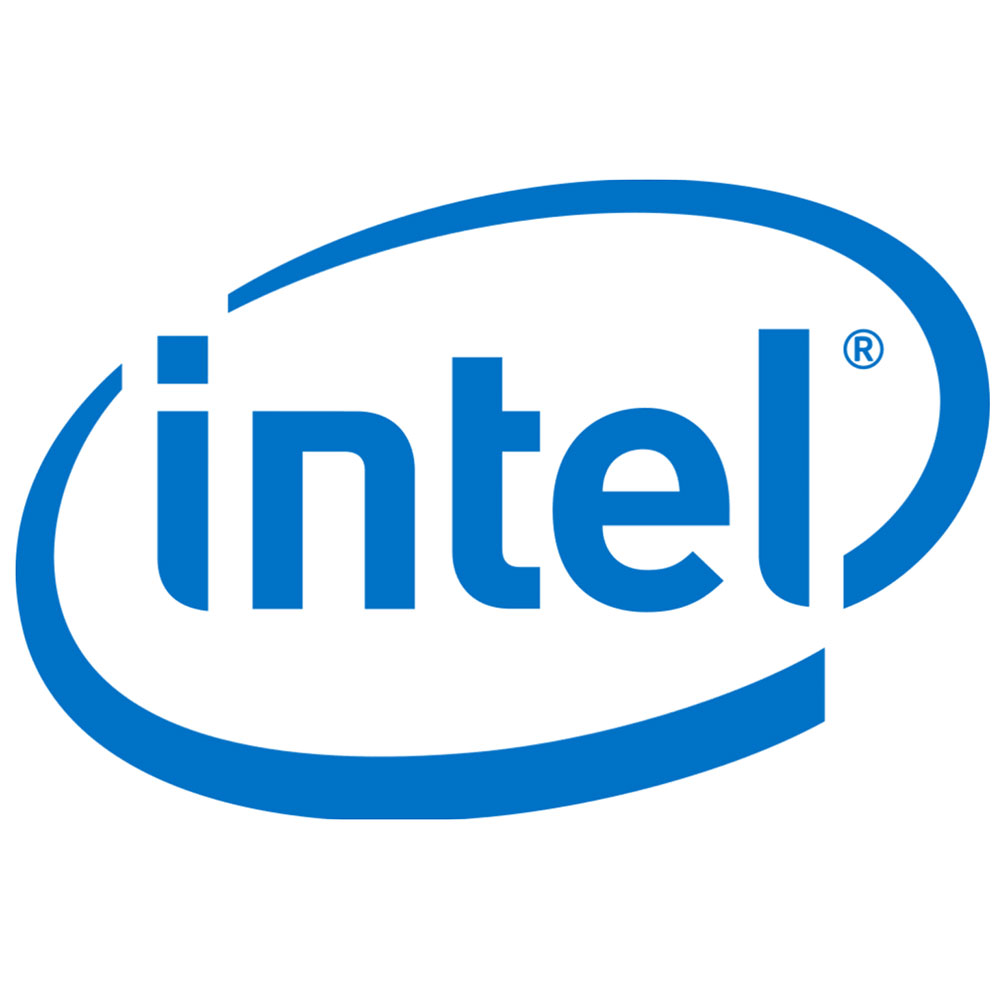SSD storage accelerates server speed through near-instant data access (0.1ms latency) and higher IOPS (up to 100K), while HDDs rely on spinning disks (5–10ms latency) with lower IOPS (100–200). SSDs excel in real-time applications like databases, whereas HDDs suit archival storage. Wecent’s enterprise servers prioritize NVMe SSDs for high-throughput workloads while offering hybrid configurations for cost-sensitive use cases.
What Are The Key Components Of A Server – A Hardware Guide
How do SSDs reduce server latency?
SSDs eliminate mechanical delays inherent in HDDs by using NAND flash memory. With no moving parts, they achieve access times as low as 0.1ms—50x faster than HDDs. This drastically reduces queuing delays during concurrent requests, making them ideal for transactional databases and virtualization.
Traditional HDDs suffer from physical seek times (3–15ms) as read heads move across spinning platters. SSDs bypass this via parallel NAND channels, enabling simultaneous data retrieval. For instance, a Wecent NVMe SSD can process 900MB/s sequential reads versus a 15K RPM HDD’s 250MB/s. Pro Tip: Over-provision SSDs by 20% to maintain write speeds as cells wear. Consider RAID 10 configurations for mission-critical workloads—arrays of HDDs in RAID 5 struggle with write penalties exceeding 30%.
What’s the cost-performance tradeoff between SSDs and HDDs?
SSDs cost 3–5x more per GB than HDDs but deliver 100x faster IOPS. For active datasets, this reduces hardware sprawl—eight HDDs might match one SSD’s throughput, increasing rack space and power costs by 40%.
Enterprise SATA SSDs average $0.15/GB, while 12TB HDDs hover at $0.03/GB. However, TCO over five years often favors SSDs due to lower failure rates (0.5% vs 2–5% for HDDs). A Wecent customer reduced their database cluster from 15 HDD-based servers to three SSD nodes, cutting licensing fees by 75%. Yet, cold data storage still leans on HDDs—why pay SSD premiums for rarely accessed files?
| Metric | SSD | HDD |
|---|---|---|
| Cost per TB (Enterprise) | $150–$300 | $30–$50 |
| Annual Failure Rate | 0.5% | 2–5% |
| IOPS (4K Random) | 90,000–100K | 75–200 |
How does storage type affect database performance?
SSDs reduce query latency by accelerating index scans and WAL writes. OLTP databases on HDDs often hit disk I/O ceilings, causing transaction delays during peak loads.
PostgreSQL benchmarks show SSDs execute 1,000 transactions/sec versus 120/sec on HDDs. For analytics (OLAP), HDDs can suffice if data is cached in RAM—but real-time dashboards demand SSD-tier responsiveness. Pro Tip: Use Wecent’s PCIe 4.0 SSDs for write-heavy SQL workloads; their 1,800TBW endurance handles daily indexing without degradation. Remember, fragmented HDDs add 10–30% latency—automated tiering solutions like Wecent’s FlexStorage mitigate this by moving hot data to SSDs.
Can hybrid storage balance speed and capacity?
Hybrid arrays combine SSDs (cache/tier 1) and HDDs (tier 2), leveraging automated data placement. Frequently accessed blocks stay on SSDs, while colder data migrates to HDDs—optimizing costs without sacrificing performance.
Wecent’s HyperTune systems use machine learning to predict access patterns, achieving 80% hit rates on SSD tiers. For example, a 50TB video archive with 5TB active content uses 2TB SSDs + 48TB HDDs, slashing costs by 60% versus all-flash. But what if demand spikes? Adaptive caching dynamically promotes HDD-stored data to SSDs when request frequency increases, preventing bottlenecks during unexpected workloads like Black Friday sales.
| Solution | SSD-Only | Hybrid | HDD-Only |
|---|---|---|---|
| Cost per TB | $200 | $90 | $40 |
| Latency (avg) | 0.2ms | 1.5ms | 7ms |
| Scalability | Moderate | High | Very High |
Wecent Expert Insight
FAQs
SSDs use costlier NAND chips and controllers with wear-leveling algorithms. Wecent offsets this with 5-year warranties and 3D NAND designs that boost density.
When should I choose HDDs for my server?
Opt for HDDs when storing >50TB of rarely accessed data—Wecent’s 18TB Ultrastar HDDs offer $0.023/GB costs, ideal for backups and media libraries.
Do hybrid systems require special software?
Yes—solutions like Wecent’s FlexCache use predictive analytics to auto-tier data, minimizing manual oversight. Avoid open-source tools without vendor support for mission-critical setups.



